Maintaining the siding of your home is vital to preserve its appearance, structural integrity, and value. This article provides homeowners with a comprehensive checklist to ensure the longevity and durability of their siding. By following these guidelines, you can protect your investment and prevent costly repairs.
To begin, inspect your siding regularly for any signs of damage, such as cracks, warping, or peeling paint. Addressing these issues promptly can prevent further deterioration and potential water infiltration, which can lead to extensive damage. Additionally, clean your siding annually to remove dirt, debris, and mold, as these can degrade the material and compromise its performance.
Next, consider performing a thorough check of your siding’s caulking and sealing. Over time, caulk can deteriorate, resulting in gaps or openings where moisture can seep in. Ensure that all caulked areas are intact and reapply if necessary. Furthermore, examine the seams and joints of your siding for any gaps or separations. Applying a quality sealant will help maintain the weather resistance of your siding.
Another essential aspect of siding maintenance is preventing pests and insects from infiltrating your home. Inspect your siding regularly for any signs of pest activity, such as holes or chew marks. If detected, take immediate action to eliminate the infestation and repair any damaged areas. Additionally, trim any overhanging branches or vegetation near your siding, as they can provide easy access for pests.
Now, let’s delve into a true story that emphasizes the significance of regular siding maintenance.
Gary, a diligent homeowner, never thought much about siding maintenance until one winter. He noticed that his siding was starting to warp and crack, and ignored the issue, thinking it would sort itself out when spring arrived. However, when the snow melted, Gary discovered extensive water damage, rot, and mold inside his walls, resulting in not only costly repairs but also health hazards for his family. This experience taught Gary the importance of regular inspections and timely maintenance to protect his home and loved ones.
Importance of Siding Maintenance
Regular maintenance of siding is crucial for homeowners to safeguard their property and maintain its aesthetic appeal. Neglecting siding maintenance can lead to costly damages such as moisture infiltration, mold growth, and structural deterioration. By addressing siding issues promptly and ensuring regular upkeep, homeowners can prolong the lifespan of their siding, enhance energy efficiency, and protect their investment. Taking the time to inspect, clean, repair, and replace siding as needed will ensure the long-term durability and value of the property.
It is important to note that regular cleaning of siding can prevent the buildup of dirt, debris, and pollutants, which can degrade its appearance and cause discoloration. To clean siding effectively, use a gentle cleanser and a soft-bristle brush or a pressure washer on low settings. Always follow the manufacturer’s guidelines to avoid damaging the siding material. Additionally, conducting regular inspections allows homeowners to identify any cracks, holes, or other signs of damage that may require immediate attention. Prompt repairs can prevent water penetration, insect infestation, and further deterioration.
In addition to cleaning and repairs, homeowners should periodically consider repainting or refinishing their siding to maintain its protective barrier and fresh appearance. This process not only enhances the curb appeal of the property but also provides an extra layer of protection against harsh weather conditions and UV rays. Choosing the appropriate paint or finish that is compatible with the siding material is essential for optimal results.
Furthermore, it is worth mentioning that professional siding maintenance services are available for homeowners who may not have the time, expertise, or physical capability to perform these tasks themselves. Hiring a reputable contractor ensures that the siding is properly maintained and any issues are identified and resolved promptly.
According to the article “Siding Maintenance Checklist for Homeowners,” by a reliable source, regular siding maintenance can increase the lifespan of the siding material by up to 20 years.
Siding Maintenance Checklist for Homeowners
A Comprehensive Guide to Maintaining Your Home’s Siding
Regular upkeep of your home’s siding is crucial for its longevity and overall aesthetic appeal. Follow these essential tips to ensure your siding remains in excellent condition.
- Inspect your siding regularly: Carefully examine your siding for any signs of damage, such as cracks, holes, or warping.
- Clean your siding periodically: Remove dirt, debris, and mold by gently washing your siding with a soft brush and mild soap.
- Repair any damages promptly: Address any issues you identified during your inspection by fixing or replacing damaged sections of siding.
- Trim surrounding vegetation: Trim back any overgrown trees or bushes to prevent them from rubbing against your siding and causing damage.
- Check for water leaks: Ensure that your siding is properly sealed and no water is seeping through, which could lead to rot or mold growth.
- Consider professional maintenance: If you’re unsure about any aspect of siding maintenance, it’s wise to consult a professional to evaluate and address any issues.
Make your siding maintenance checklist a priority, and you’ll enjoy a beautiful and well-protected home exterior for years to come.
Remember, regular maintenance will help you catch small issues before they become major problems, prolonging the lifespan of your siding and preventing costly repairs or replacements.
Conclusion
The importance of maintaining your home’s siding cannot be overstated. Regularly inspecting and cleaning your siding can help prevent damage, prolong its lifespan, and maintain its aesthetic appeal. In addition, addressing any issues promptly can save you from costly repairs down the line. By following a siding maintenance checklist, homeowners can ensure their siding remains in excellent condition for years to come.
Here are some suggestions to keep in mind:
- Inspect the siding for any signs of damage, such as cracks, peeling paint, or rot. Addressing these issues promptly can prevent further damage and protect your home from moisture infiltration.
- Clean the siding regularly to remove dirt, grime, and mildew. This can be done using a soft brush or sponge, along with a mild detergent and water solution.
- Trim any vegetation near the siding to prevent it from rubbing against the surface and causing damage. Overgrown plants can also trap moisture against the siding, leading to mold and rot.
- Repair any loose or damaged siding boards. This includes reattaching loose boards, filling in cracks or gaps, and replacing any severely damaged pieces.
- Consider applying a fresh coat of paint or sealant to protect the siding from the elements and enhance its appearance. This can also help prevent moisture penetration and extend the lifespan of the siding.
By following these maintenance tips, homeowners can ensure their siding remains in great condition, protecting their investment and maintaining the curb appeal of their home for years to come.
Have Questions?
If you need assistance or clarifications, feel free to seek help. We are here to provide answers to any uncertainties you may have.
Aiming to address your inquiries, our team is available to provide the necessary support. We understand the importance of resolving your doubts promptly.
Our goal is to ensure a thorough understanding, leaving no room for confusion. We strive to assist in any way possible, aiding you in making informed decisions regarding siding maintenance.
According to the Siding Maintenance Checklist for Homeowners, it is crucial to regularly inspect and maintain the siding to prevent potential damage over time.
Five Facts About Siding Maintenance Checklist for Homeowners:
- ✅ Siding maintenance prevents rot and water damage.
- ✅ Siding maintenance prevents structural issues.
- ✅ Siding maintenance keeps your home from being invaded by pests.
- ✅ Siding maintenance removes dirt and grime.
- ✅ Siding maintenance allows your home to look its best.
FAQs about Siding Maintenance Checklist For Homeowners
1. Why is it important to inspect your siding annually?
Inspecting your siding annually is important because it allows you to identify any signs of damage, water intrusion, or infestation. Catching these issues early can prevent further damage and costly repairs.
2. How should I seal cracks and gaps in my siding?
To seal cracks and gaps in your siding, you’ll need to use the right type of exterior caulk. Make sure to choose a caulk that is specifically designed for your type of siding material.
3. How often should I clean my siding?
The frequency of cleaning your siding depends on the type of siding you have. Generally, it is recommended to clean your siding once or twice per year. Refer to the manufacturer’s instructions for proper cleaning techniques.
4. What should I do if my siding gets damaged?
If you notice damaged planks, panels, or shingles on your siding, it is important to replace them as soon as possible. This will prevent further damage and maintain the integrity of your home’s exterior.
5. Why is it necessary to clean gutters and trim trees and bushes for siding maintenance?
Cleaning gutters and trimming trees and bushes is important for siding maintenance because it helps to prevent water and pests from causing damage to your siding. Clearing debris from gutters and keeping vegetation away from the siding reduces the risk of water intrusion and infestation.
6. How can Loveland siding experts help with siding maintenance?
Loveland siding experts can provide valuable assistance and advice for your siding maintenance needs. They can offer professional inspections, recommend appropriate repairs or replacements, and provide guidance on best practices to keep your siding in optimal condition.


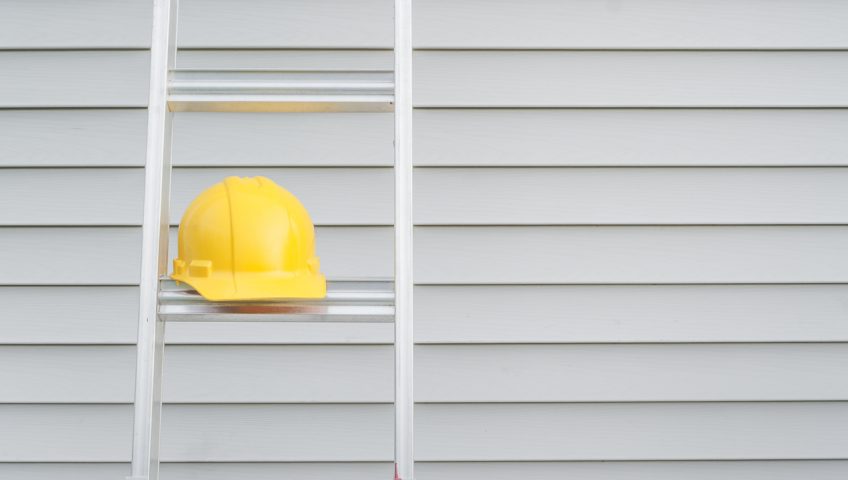
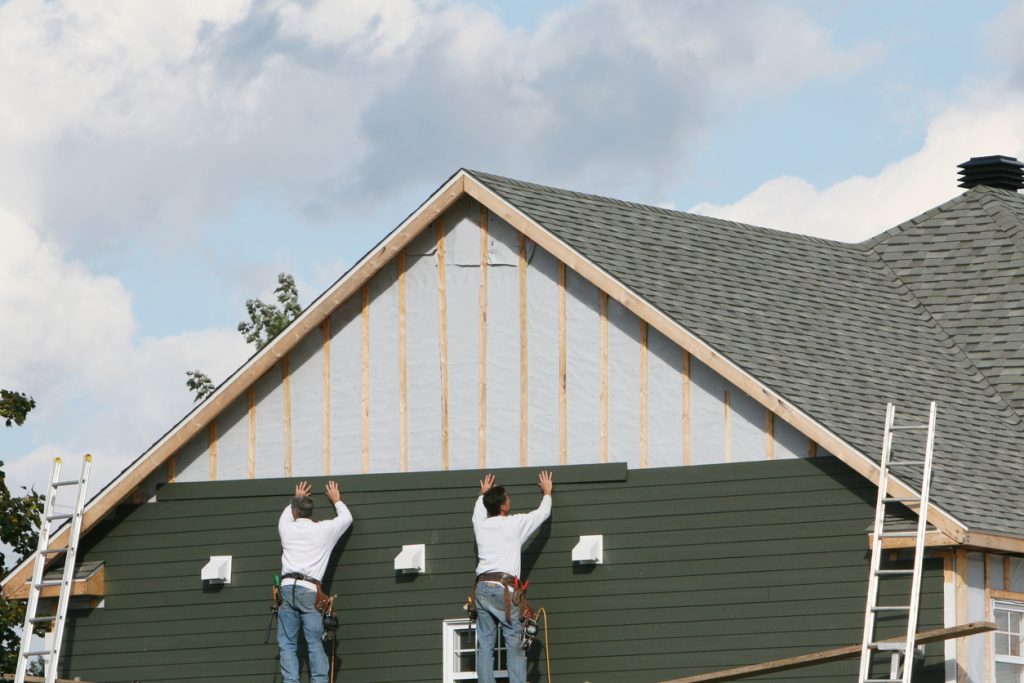
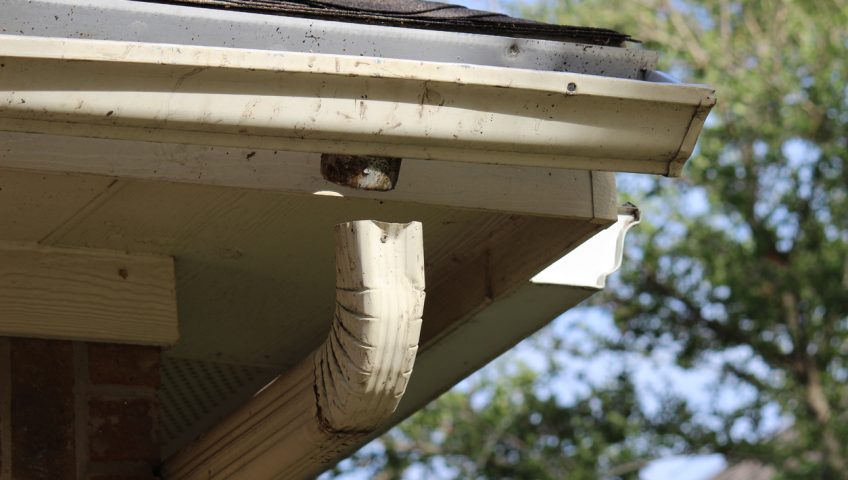
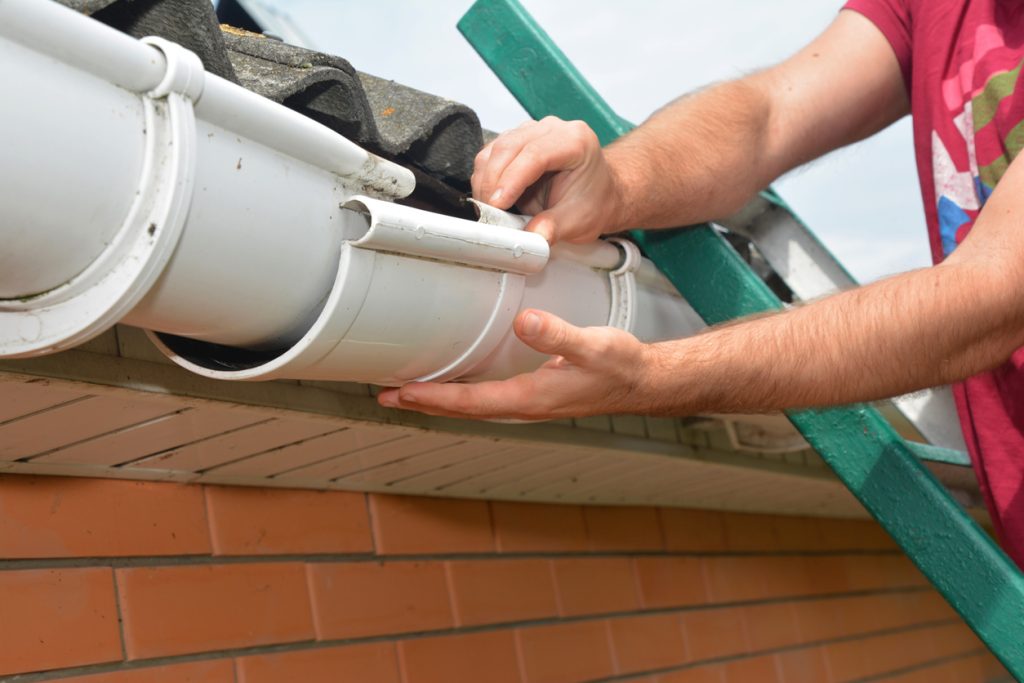
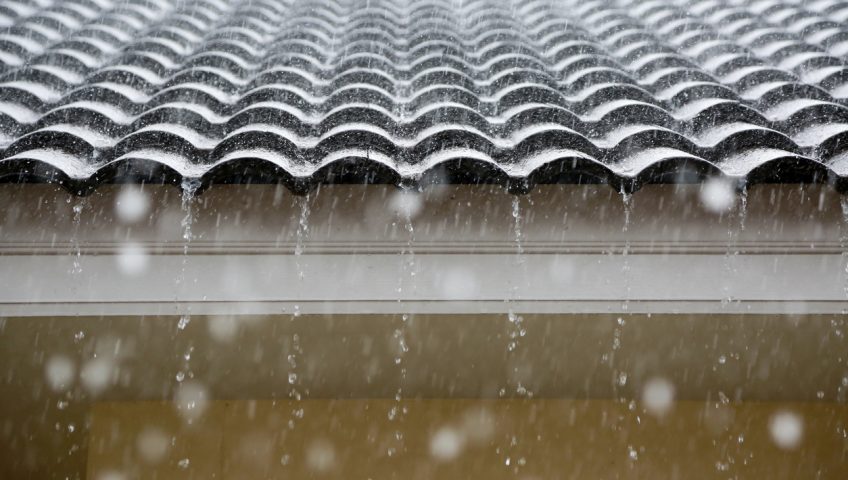
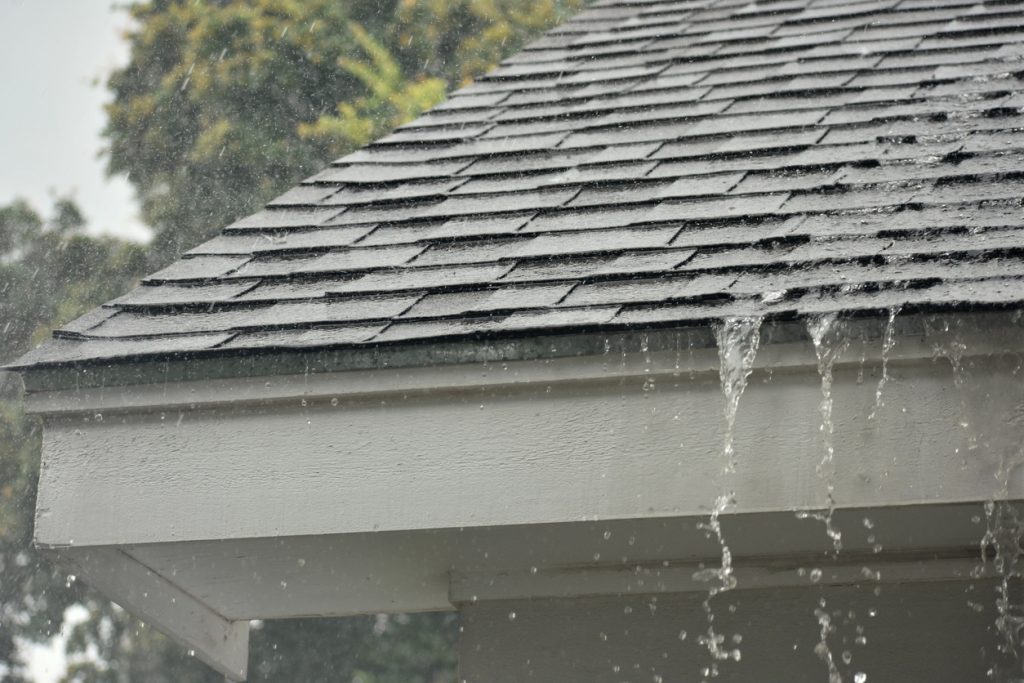
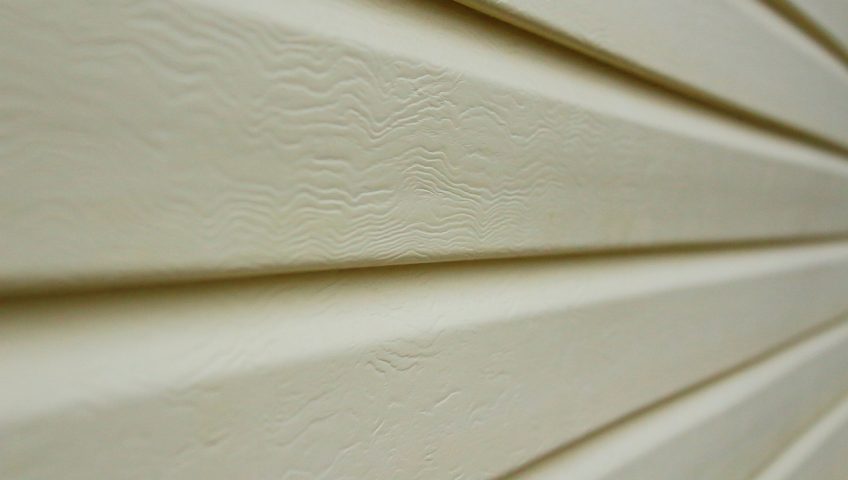
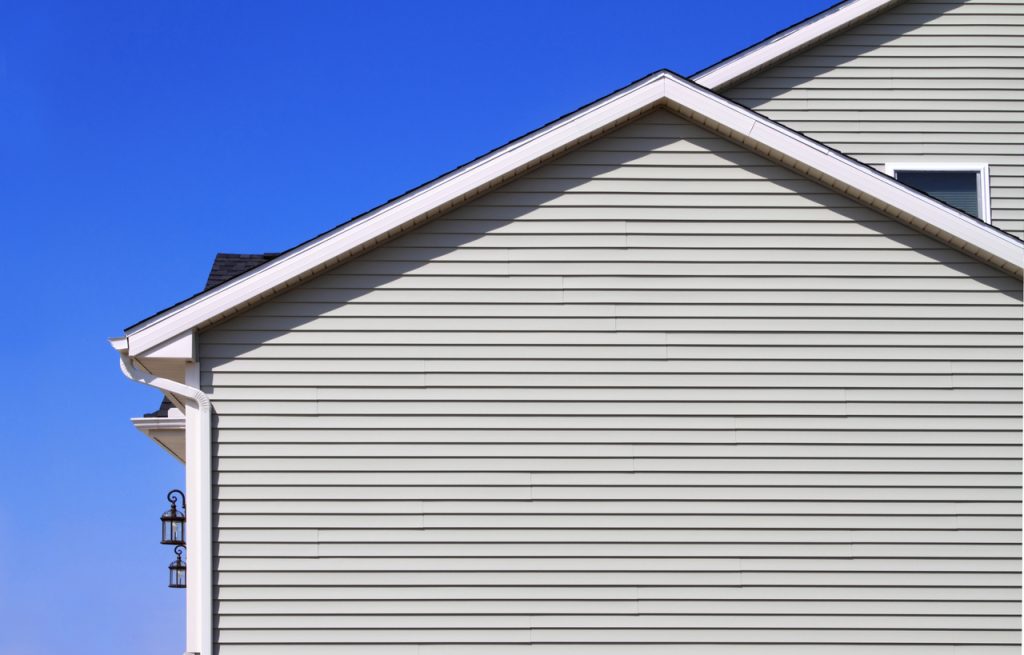
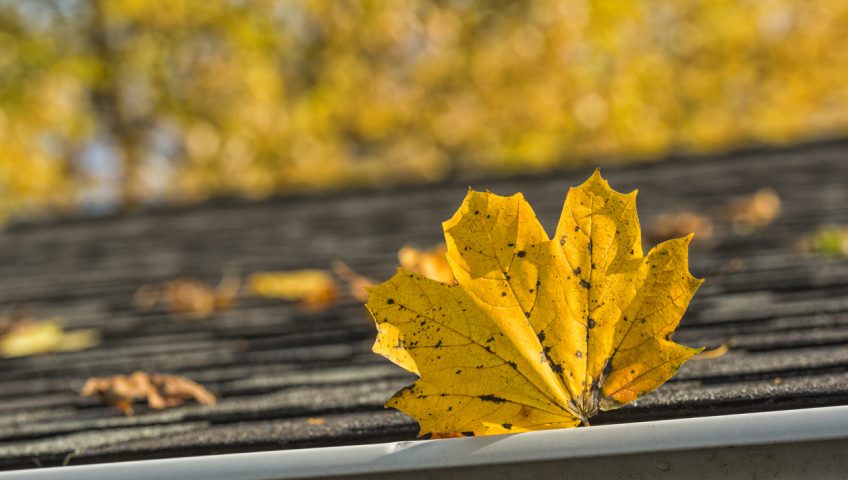
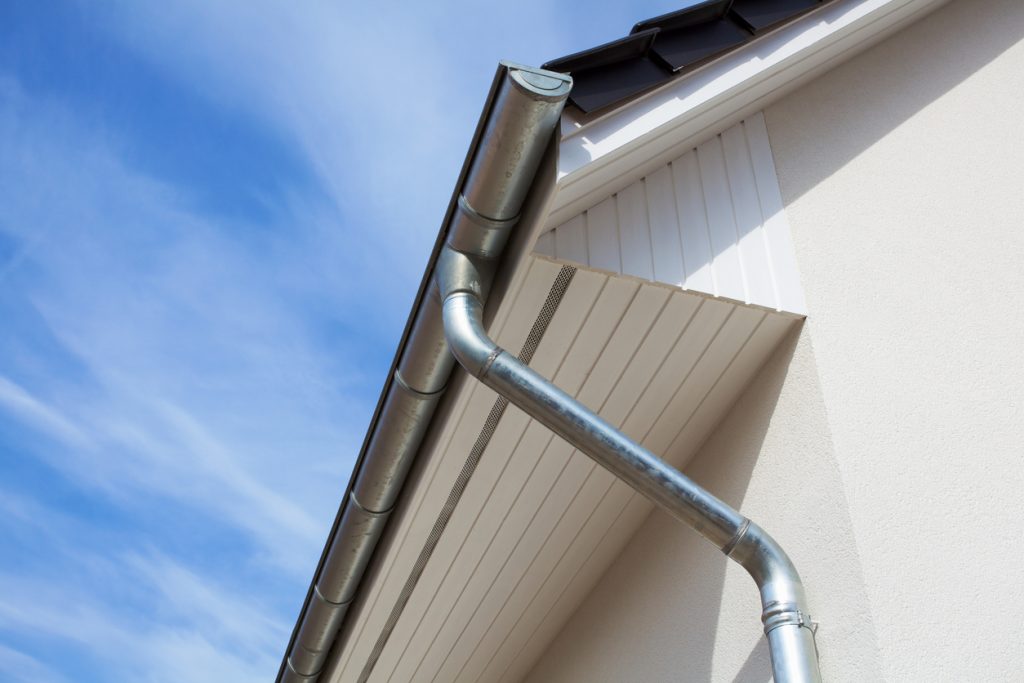
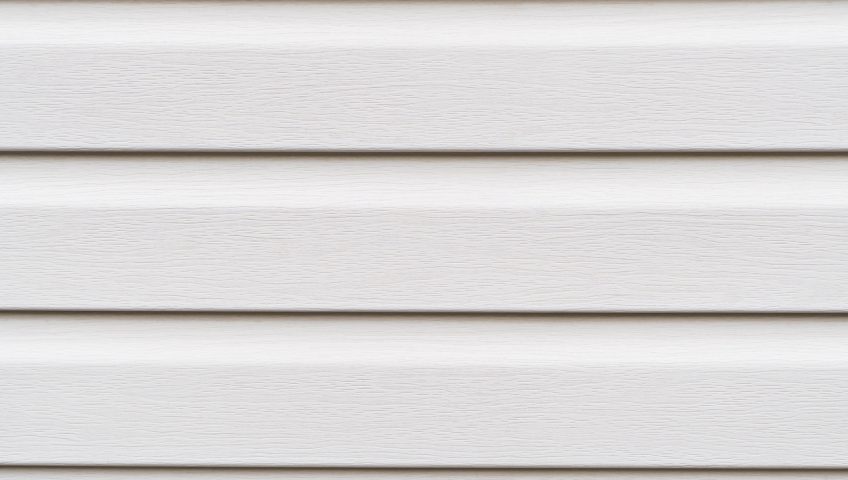
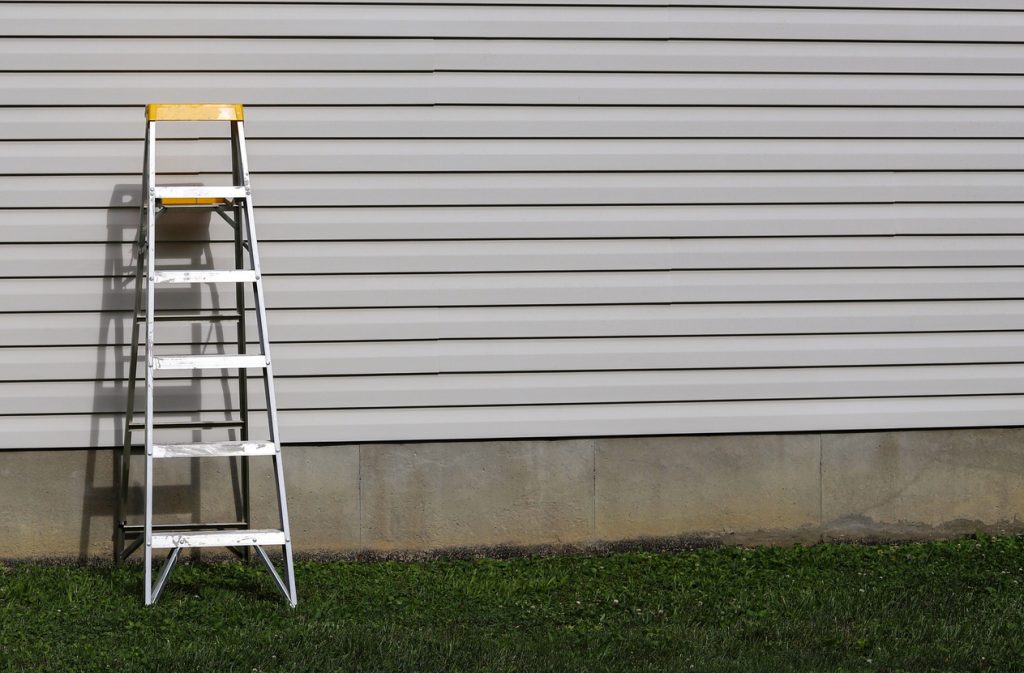
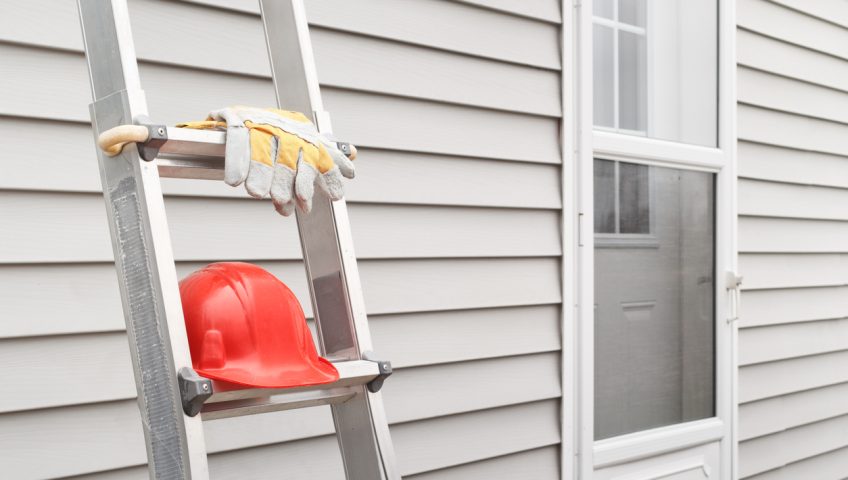
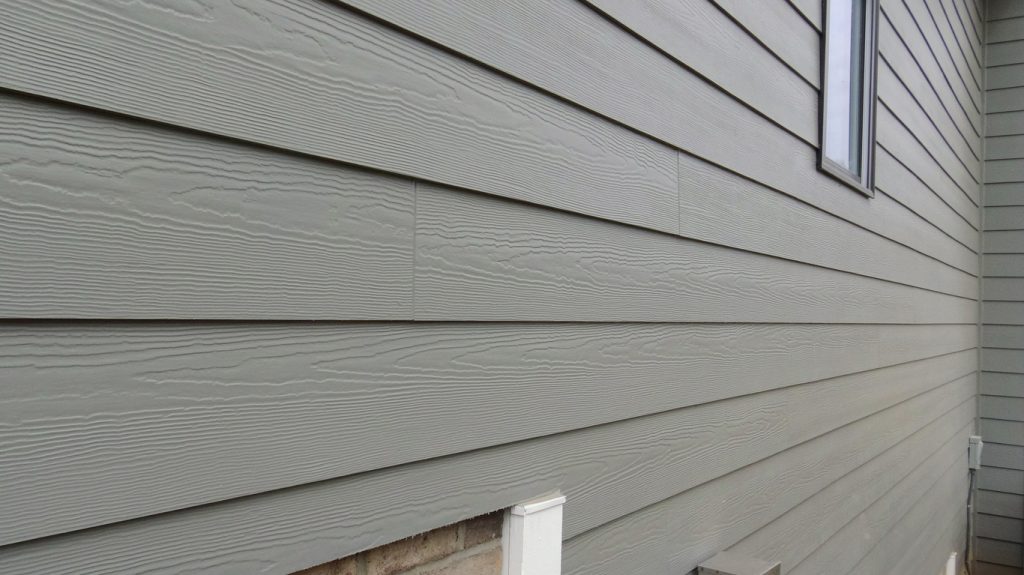
Recent Comments